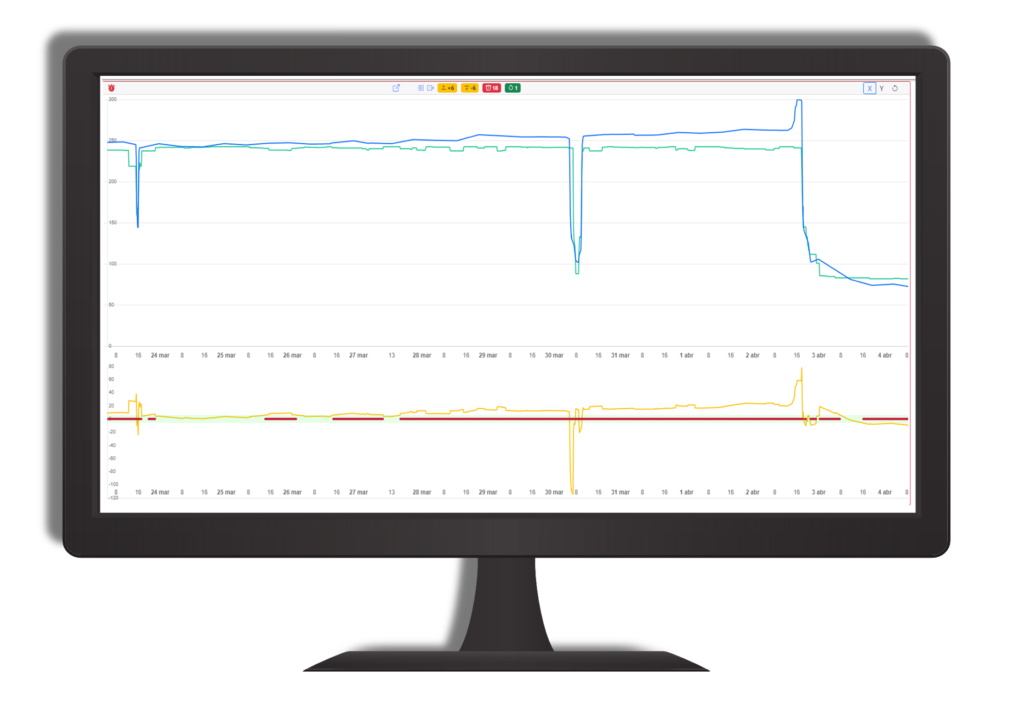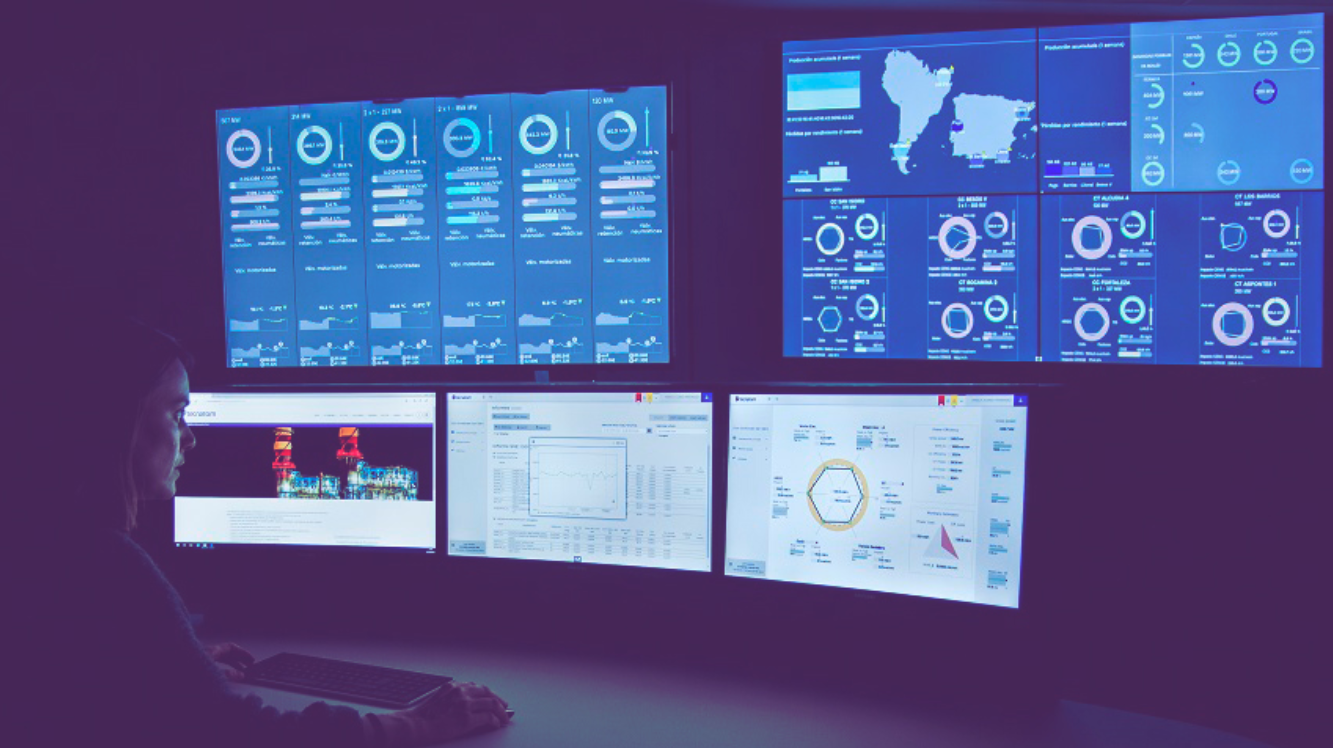Advanced condition monitoring (ACM) aims to detect the beginnings of equipment degradation processes. Thanks to this degradation detection, maintenance costs are reduced by anticipating degradation and making it possible to plan its resolution without affecting generation and intervening on the least degraded equipment. This results in improved reliability and reduced maintenance times, as the ability to plan maintenance allows the necessary spare parts and materials to be stockpiled.
How predictive monitoring systems work
Advanced condition monitoring systems seek to identify deviations in equipment performance from what we consider “normal”. To do this, equipment models are built and trained over periods of operation defined as normal.
Once the learning process has been completed, we will have a model of equipment behavior that will predict the normal evolution of the equipment sensors as a function of the evolution of its boundary conditions, operating conditions … and will alert when any sensor shows a behavior that deviates from the one it has learned as normal.
A team with operational knowledge will interpret the automatic alarms generated by the monitoring system and will communicate to the plant only those alarms that after an analysis it is concluded that they are real and are not due to operational changes of the equipment.


Success case example
As a success case example of advanced condition monitoring, Tecnatom’s ACM monitoring equipment detected a deviation or increase in lubrication oil temperature in one of the monitored units. Normally an increase in lubrication oil temperature is associated with an increase in oil residence time in the bearing which may indicate an incipient bearing failure.
As a consequence of the alert raised by the Tecnatom monitoring team, the client verified that the component was indeed degrading, decided to maintain operation until component failure (as it was near the end of its useful life), and in the meantime was able to stockpile the necessary components for component replacement.

This example shows that the cost reduction of ACM monitoring is due to two reasons. Firstly, it has an impact on fixed costs by intervening on the equipment when required and not before. Secondly, it has an impact on variable costs by allowing timely planning of interventions on less degraded equipment and in a way that affects generation as little as possible, minimizing the impact of the intervention by having the equipment located and the spare parts and materials ready.






